Validation Doesn't Need to Slow Down Software Implementation
Automate risk assessments, streamline CSA and CSV processes, run only the testing that matters, and release quality software faster.
Where Classic Computer System Validation Fails
Paper overload buries teams. Validation packs balloon into hundreds of pages, adding weeks to every release cycle and driving up costs.
Test-everything mindset burns resources. When every requirement is treated as critical, QA time and budget drain away from the functions that truly protect patients.
Manual traceability risks compliance. Spreadsheets and disconnected tools make it easy to miss a linkage or timestamp—handing auditors gaps and 483s.
Slow change management stifles innovation. Each system upgrade triggers re-validation marathons that delay software adoption.
A Risk-Based Digital Validation Suite
Traditional CSV frameworks were never designed for modern Agile methodologies or today’s complex IT architectures. Documentation-heavy processes and siloed data slow down validation and often leave teams struggling to prove compliance after the fact.
That’s where CSA comes in—not to replace CSV, but to evolve it. CSA emphasizes risk-based validation, critical thinking, and intelligent risk assessments that focus on where it matters most. But CSA’s promise requires more than a mindset shift—it needs a digital platform to execute its principles.
ValGenesis Validation Lifecycle Suite brings CSA to life by digitalizing every step—from protocol creation to test execution—while embedding AI to minimize manual effort, enhance data integrity, and ensure audit readiness.
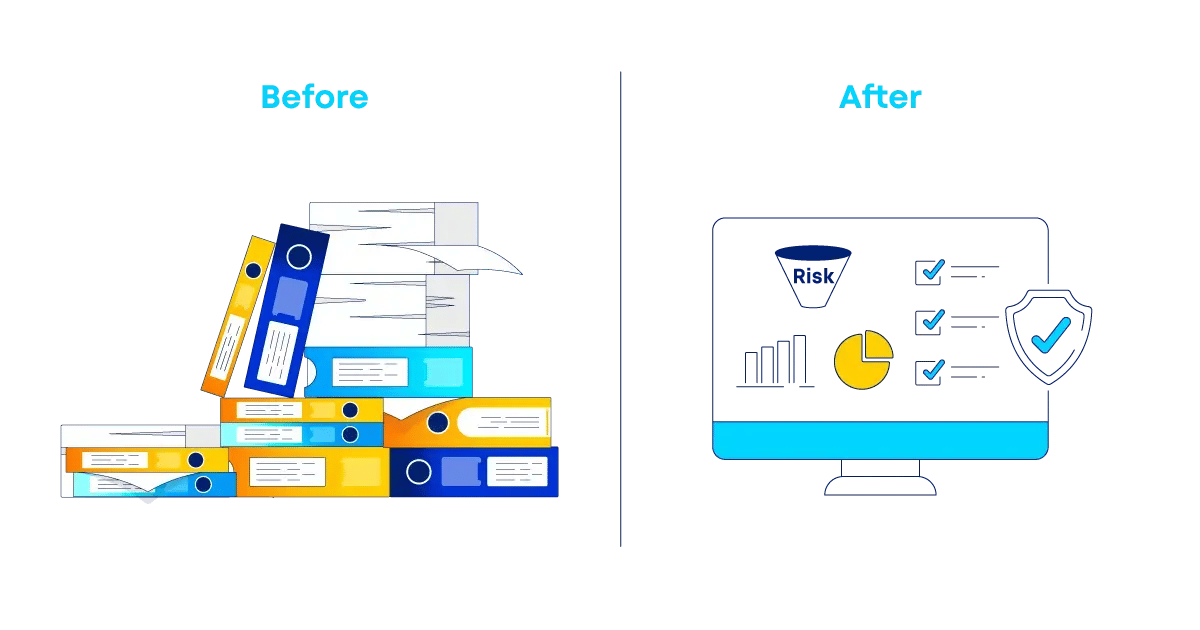
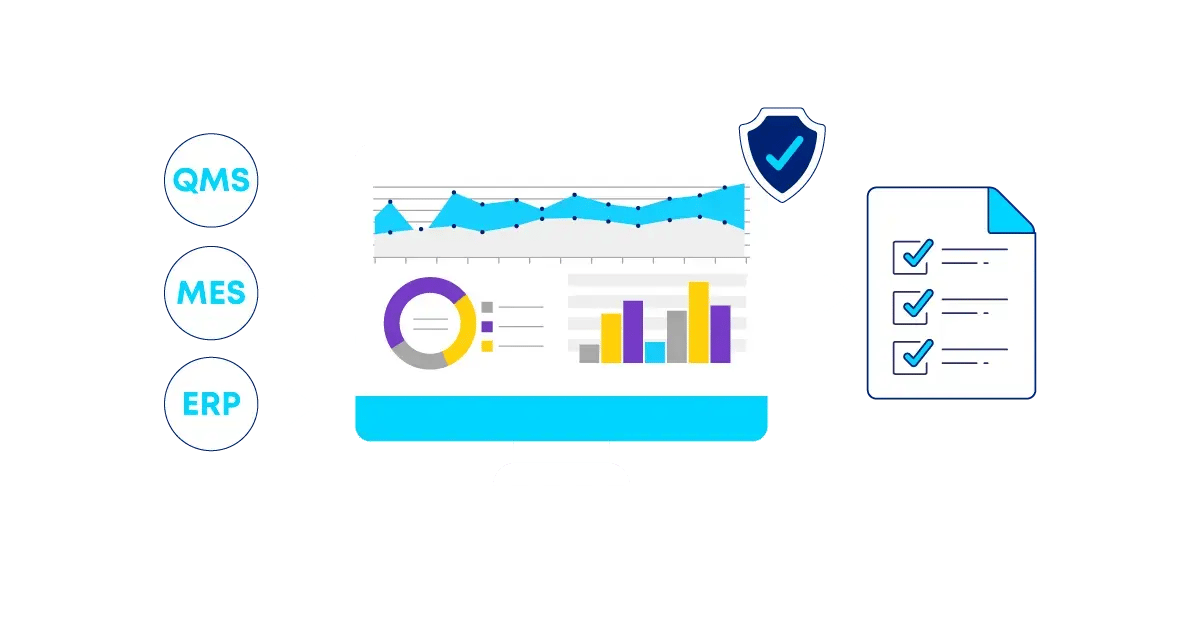
How ValGenesis Turns CSA Into Practice
ValGenesis Validation Lifecycle Suite transforms CSV:
- Standardizes critical-thinking risk assessments across every site using enterprise decision-tree logic.
- Combines scripted, unscripted, and automated testing in one workflow, cutting validation documentation by up to 90% and cycle times by 60%.
- Captures step-level evidence and ALCOA+ audit trails automatically, meeting 21 CFR Part 11 and Annex 11 requirements.
- Reveals coverage, residual risk, and change impact through live dashboards, empowering continuous improvement.
- Integrates seamlessly with QMS, MES, PLM, and ERP systems to create a single source of truth and eliminate double entries.
Empowering Life Sciences
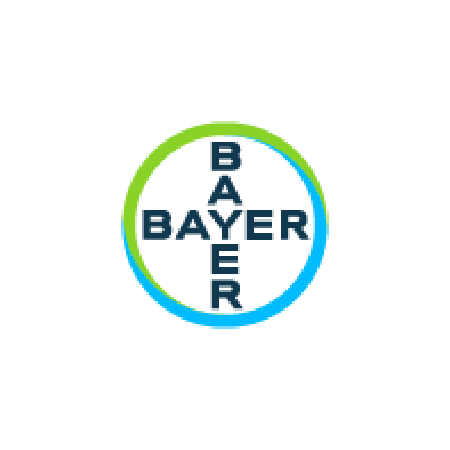

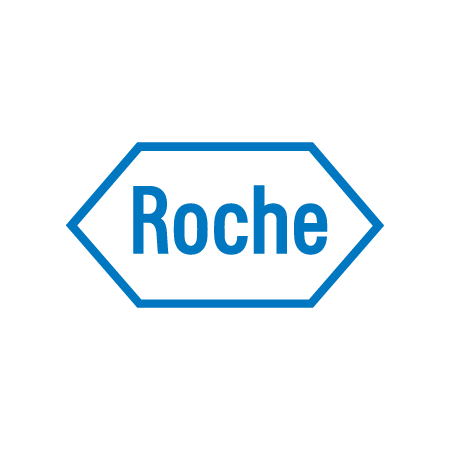


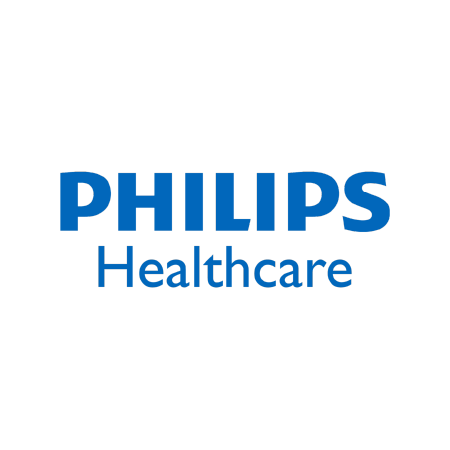

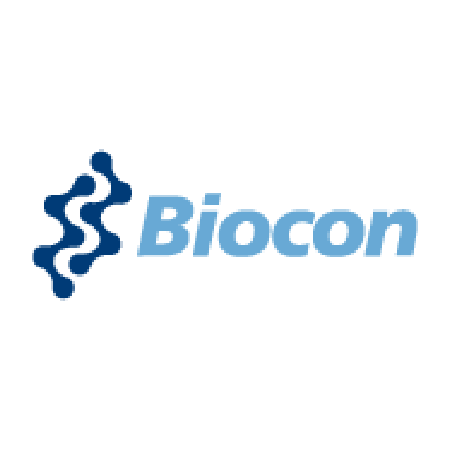







We chose ValGenesis because they were a known and trusted vendor. We had limited time and resources, and we knew the quicker we could implement the solution, the sooner we’d start realizing value from it.
Joshua Pelina
Validation Engineer
Working with ValGenesis was great. They helped us align the system with our new CSV program and uncover opportunities for process improvements and efficiency gains to maximize value.
Jeff Onis
Global IT Data Integrity Manager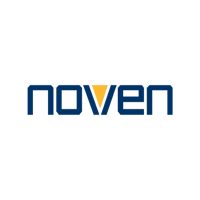
Our ERP upgrade would touch every department in the company. This was the ideal opportunity to transition from paper-based to digital validation, and now we’re reaping the benefits: signoff documents organized in one place, simplified review and approval, no more issues deciphering handwriting, one-click access to deviation reports, reduced printing costs—all totaling up to a successful outcome.
Mabel Santana
Compliance Manage
ValGenesis provides an exceptionally detailed level of configuration for user roles, which we found to be incredibly powerful and effective.
Laurie Lipper
IT Computer System Validation Manager
Legibility concerns were a common problem when delivering hard-copy qualifications that were documented using pen and paper. And simple, common mistakes like accidentally writing 2024 instead of 2025 after the year change are a big deal in a regulated industry. With ValGenesis, date attributions will always be correct, and legibility problems are solved.
Jonathan Revere
Director of Validation
We used ValGenesis’ vendor testing documentation because it was thorough, and it saved us a lot of time. We estimate saving 100 hours of work, which we reallocated to other parts of the project like training.
Raghav Mathur
Senior Validation EngineerWhat's in the Suite

iVal
Supercharge validation with ValGenesis iVal™. AI-powered authoring, automated execution, live anomaly flags, and bulletproof traceability slash cycles by up to 80% and cut observations by 90%. From CQV to CSA, you’ll be audit-ready and market-ready faster than ever. iVal takes digital validation to the next level.
Learn More
iClean
Halve cleaning validation timelines and wipe out manual math with ValGenesis iClean™. Automated MACO calculations, ADE-aligned limits, 2D/3D equipment maps, and rule-driven workflows deliver digital, inspection-ready files across all sites. Standardize globally, flex locally, and gain real-time oversight - discover iClean today.
Learn More
iOps
Leave paper logbooks behind with ValGenesis iOps™. Mobile, QR-enabled forms capture every use, cleaning, and calibration event in real time; automated reviews, deviations, and alerts seal compliance gaps. Achieve 100% traceability, trim documentation labor by 70%, and connect ops to quality with iOps today.
Learn MoreWhy Test More When You Can Test Smart?
Book your demo and see how ValGenesis turns validation from a compliance burden to a competitive edge.
Book a Demo